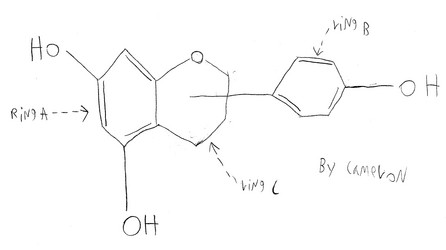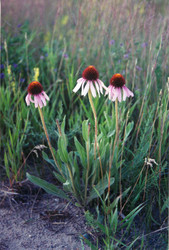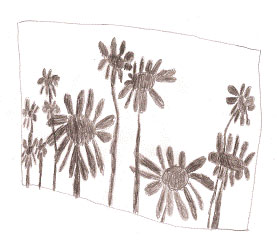Lakota name: On'glakcapi  Listen to Lakota Plant Name: On'glakcapi
Listen to Lakota Plant Name: On'glakcapi
Scientific name: Echinacea angustifolia
Common name: Purple coneflower
Echinacea angustifolia, also known as purple coneflower, comes from the group Dicots and from the family Asteraceae. Echinacea angustifolia has white leaves with orange-like buds and leaves that have a frost-like appearance to them.
Native to the U.S., Echinacea angustifolia is neither a threat nor is it considered threatened (meaning it is not an invasive species nor is it considered endangered). Its habitat includes grasses, shrubs, forbs (a broad-leaved herb), and trees.
A commonly used herb to relieve or allay pain. It is considered an antiseptic, a form of treatment for poisionous insect and snake bites, and a cure for toothaches and sore throats. The Lakota used Echinacea angustifolia for cases of thirst and perspiration as well as using the seed heads for combing their hair. Modern day uses of Echinacea angustifolia include its uses in stimulating the immune system and as a preparation against colds and flu.
One of Echinacea angustifolia's active ingredients is polyphenol. Polyphenols are a group of chemical substances found in plants. Popular belief claims that polyphenols may reduce the risk of cardiovascular disease and cancer.


Molecular structure of a polyphenol. © 1sagebrush16
Species similar to Echinacea angustifolia include Echinacea simulata, Echinacea pallida and Echinacea purpurea.





 Go to quick links
Go to quick search
Go to navigation for this section of the ToL site
Go to detailed links for the ToL site
Go to quick links
Go to quick search
Go to navigation for this section of the ToL site
Go to detailed links for the ToL site